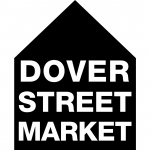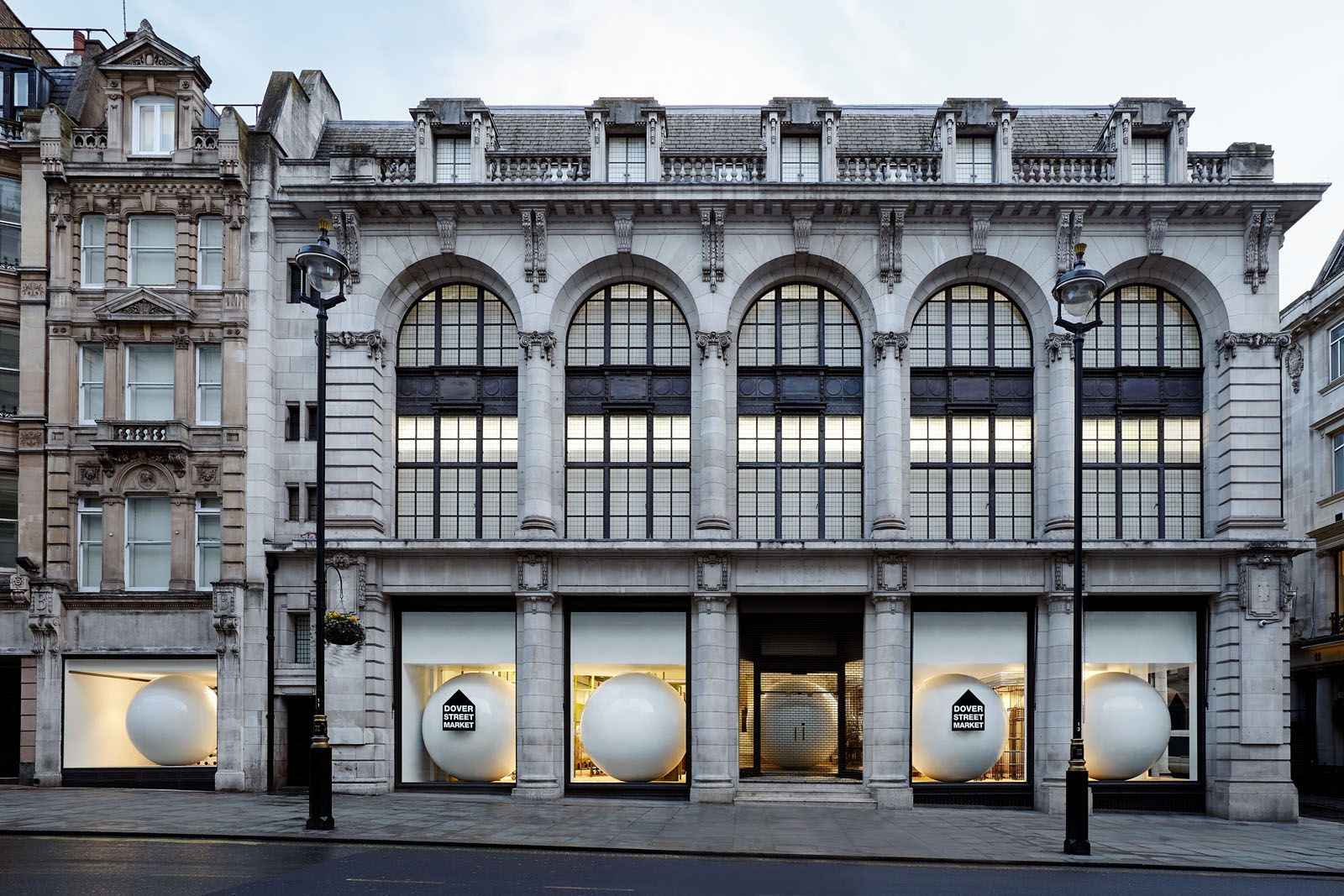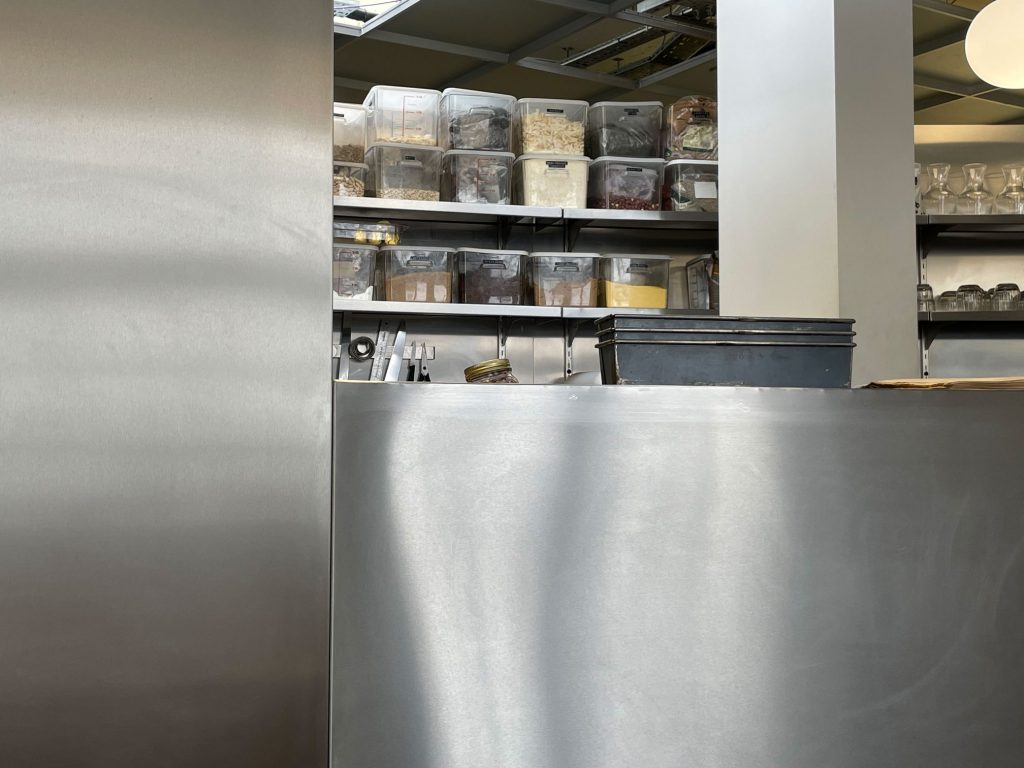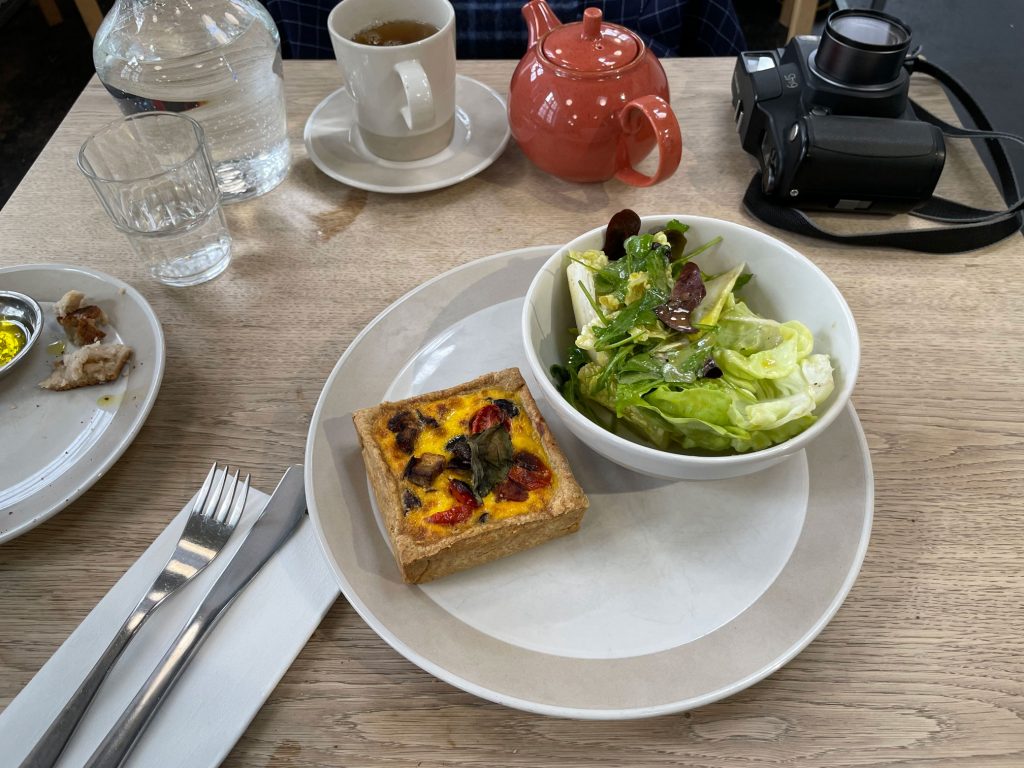Published
Personal vs Work life
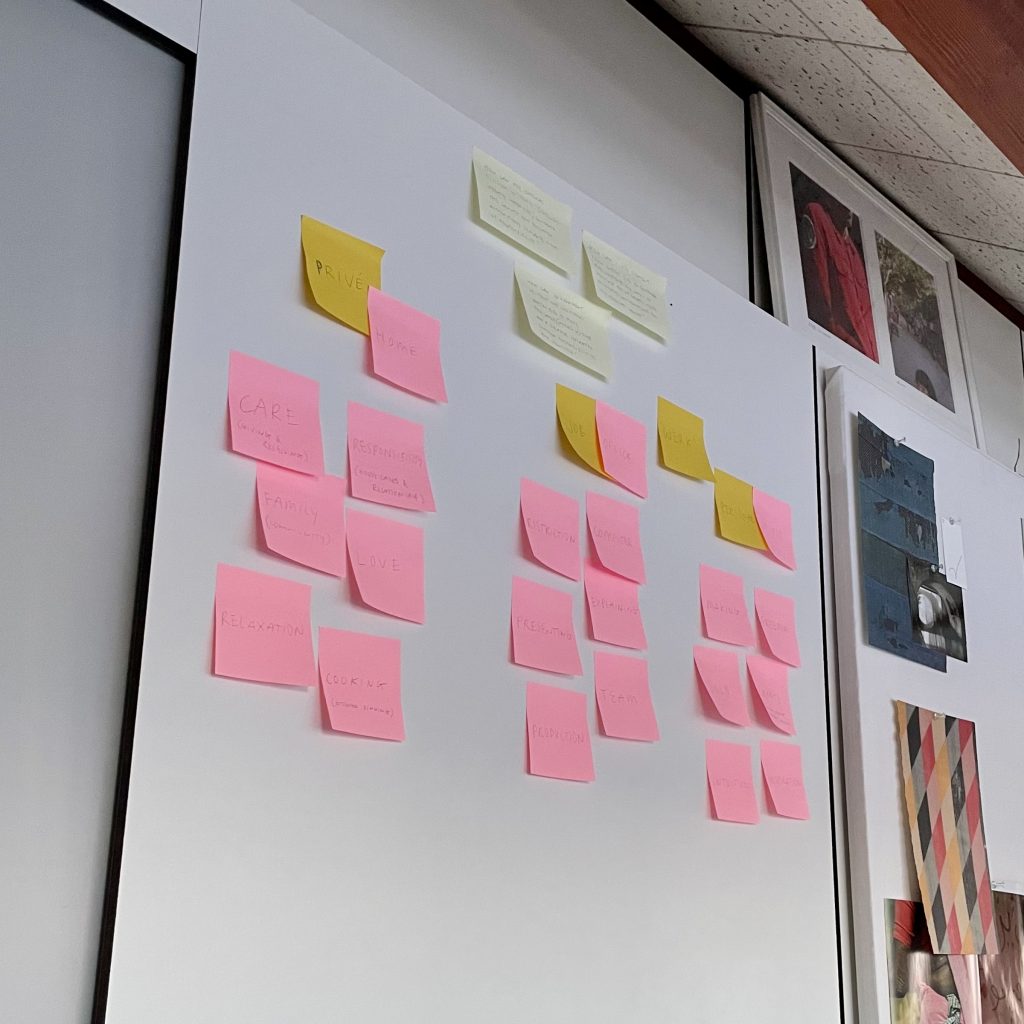
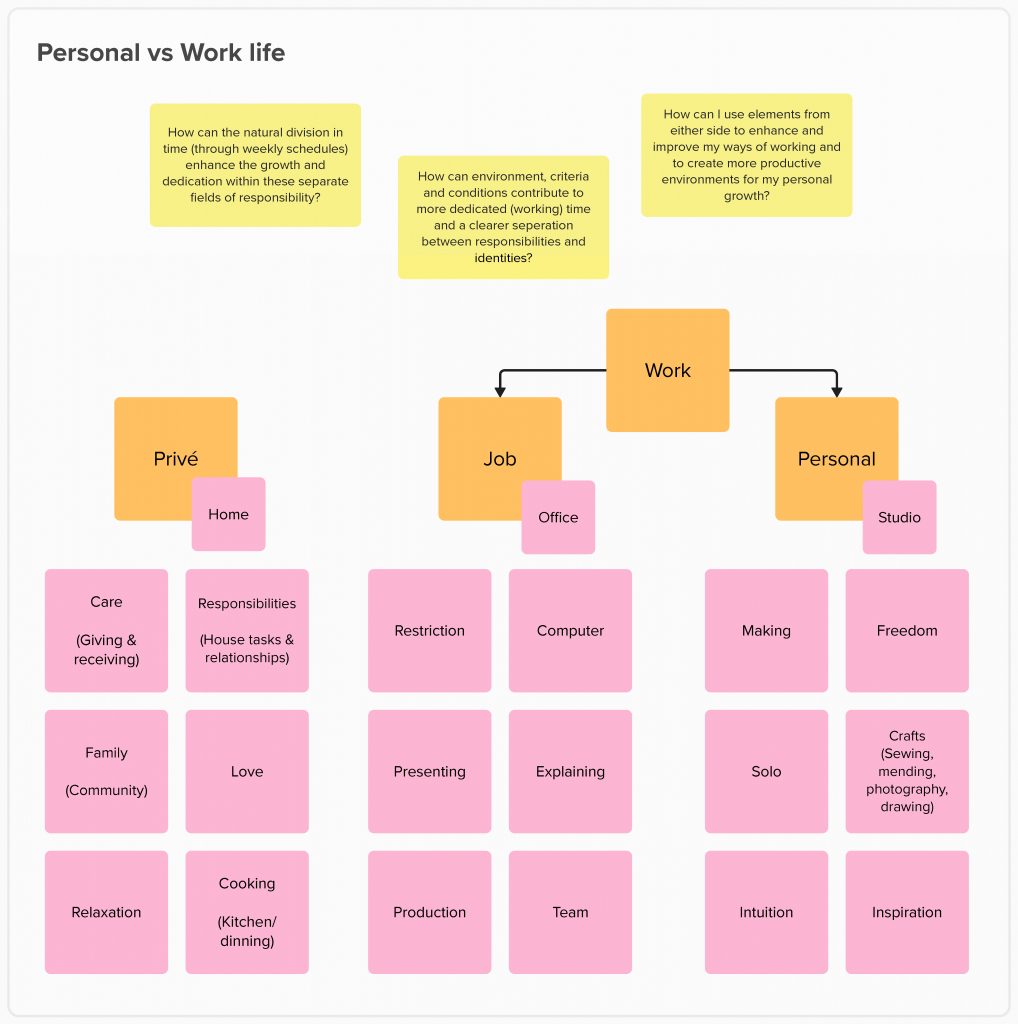
Finally (after months of hanging somewhat neglected on my studio wall) I have made the much needed and appropriate effort to digitize this set of post-its. At some point during my parental leave (when I wasn’t a father for all that long yet) I had a very ‘motivated’ morning in which I went up to my studio first thing, coffee in hand. My new role as a father put time and responsibilities into a different perspective for me. The exercise of structuring my thoughts around this subject helped me to understand how I have certain strengths, and how I exercise these strenghts in specific areas (sometimes singularly). Being aware of this has helped me to think clearer about which path I want to take with my career and personal interests and how I can use strengths interchangeably between ‘lanes’. I’m not sure if I have been able to answer the questions at the top as of yet, but they are rather ment as mental prompts then concrete answerable questions or targets.

